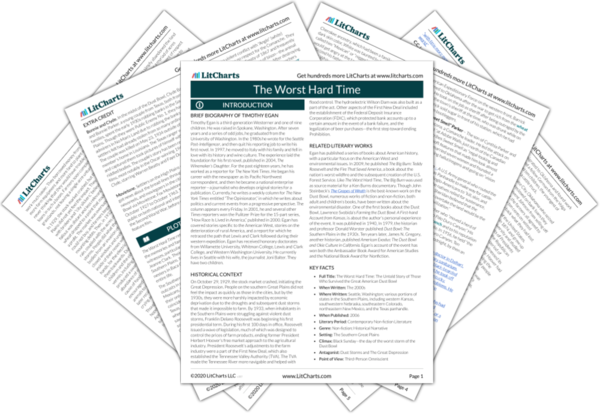Interestingly, the authorities did not “catch” Black Jack until he attempted to rob a train. This suggests that the railroad companies, who did not want Black Jack to be an example for other potential train robbers, convinced the authorities to take swift action in arresting him. Despite their loss, the Herzsteins remained resolute in not only staying in the High Plains, but in expanding their business. Prim and proper Maude Edwards, however, was a bit out of place in a territory that prided itself on violence, crude entertainment, and swift retribution against offenders.
